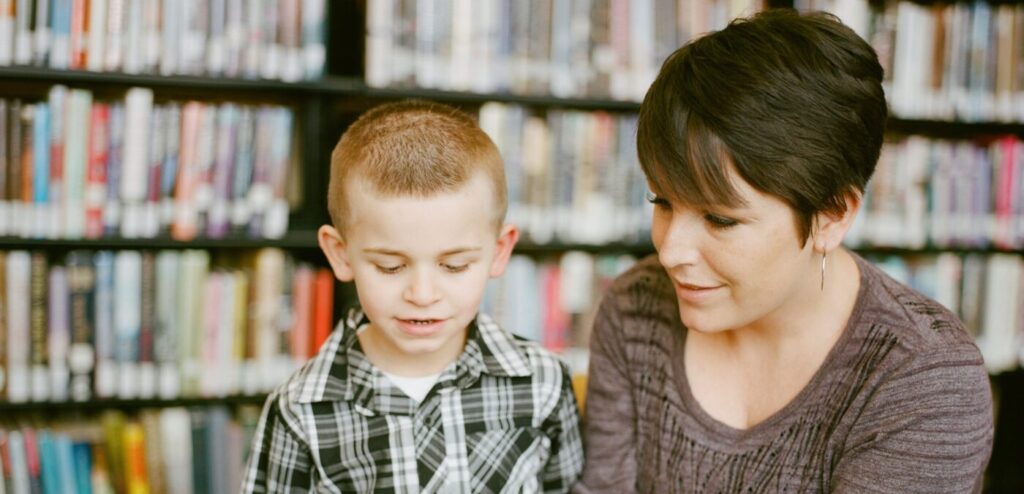In this article we list a range of ten classroom activities for a non verbal autistic child.
Naturally all autistic children are different but we hope there is a suggestion which works for you.
10 activities to try
Sensory play
You could provide sensory materials such as sand, water, play dough or glitter for the child to explore and manipulate.
This can help promote tactile, visual, and auditory awareness.
You could also incorporate numbers and letters into the play by for example, changing the play dough into numbers.
Experiment with visual supports
You can play with visual supports such as pictures, photographs, and diagrams to communicate information.
If you try to make it an enjoyable experience such as pulling faces which match an emotion card there may be a breakthrough in motion.
Non verbal supports can help the child to better understand and retain information.

Use music and movement
Depending on the classroom environment you could try and use music and movement to assist learning.
If the child struggles to sit for lengths of time, some sort of a movement game could be present for them.
You could for example mimic posting letters or pictures by creating one at a time and asking the child to post it in a tray.
Bring out their creative side
The child may enjoy art materials such as paint, markers, and clay to assist with creative expression and exploration.
You could use glitter and glue on paper to create glittery numbers or letters.
Create sensory toys
This suggestion is double barrelled as the act of creating the sensory toy may be fun and the child would be left with their creation afterwards.
It is really easy to create sensory tubes, bottles or boxes using different materials and household junk. We have an easy to follow guide here.
Try using such additions as rice, beans, or sand to encourage exploration and sensory stimulation.
Try puzzles
Play simple games such as matching, sorting, and puzzles together.
These can help with development of cognitive and problem-solving skills.
Appropriate books
Just because the child is non verbal doesn’t mean that they wouldn’t like books.
Clearly it is dependent on the child’s attention span and understanding but if you choose the right books you could be onto a winner.
Try books which have different textures on each page, or ‘interactive’ ones with flaps and pull outs.
Roleplay with dolls and figurines
Use dolls or action figures to encourage imaginative play and social skills.
There are many such toys which have a sensory aspect such as beads or different textures.
Utilising some trial and error you may well be able to find a toy which keeps the child’s attention.
Jumping and movement
Similarly to an earlier suggestion but with an edge you can really dial into the child’s desire for movement.
Experiment with counting games where you count to ten as the child jumps up and down.
Naturally they won’t count with you but the concept of numbers may be seeping in.
Turn off the lights
Depending on the classroom setup you could try and play around with torches and flashing lights.
Many autistic children really enjoy flashing lights in the darkness. If you can incorporate some form of learning into the game this could be a welcome addition to your repertoire.
Summary – Classroom activities for a non verbal child
Keeping a non verbal autistic child engaged and entertained in a classroom environment can be difficult.
Parents and teachers should work together to formulate an individualised plan for the child.
You may have success with incorporating sensory or movement activities.
Ultimately a period of trial and error may be required before you settle on the best activities for the class and the individual child.

